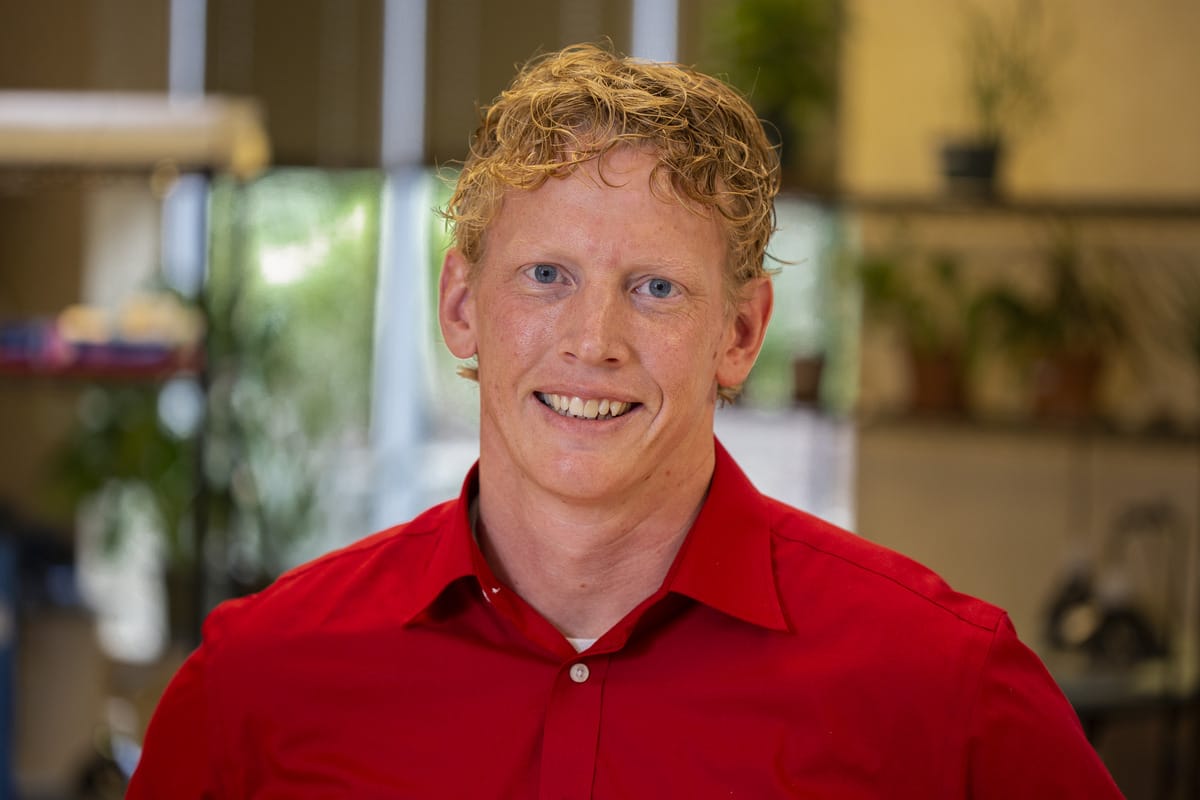The great machinery of the world pulls us in. Trillions of dollars convince us to consume. The highways rush us past the small towns; the homogeneous efficiencies of big box stores drive uniqueness out of business. We don’t want to live this way, but it’s hard to avoid. The sheer gravity of a materialist society makes our lives feel heavy and shallow.
This pandemic is a terrible plight. Hundreds of thousands will lose their lives, and millions their livelihoods. All those graduations, birthday parties, and sporting events — we’re missing so much.
And yet.
This crisis is both a tragedy and a chance — a chance to upend the heaviest and the shallowest pieces of our lives, to flip them sideways, to live more lightly and more deeply. This crisis has forced us to walk more and drive less. To buy fewer things that we don’t need. To slow down, to enjoy moments, and to pause on occasion to reflect. Those are things we all could use more of, even when the world begins to return to normal. The gravity will begin again; can we resist its pull?
Learn Lightly and Deeply
It reminds me, in many ways, of common educational advice: focus less on covering content, and more on cultivating rich understanding. Students who dive deeper remember longer, and they apply their learning more readily.
But inertia is a powerful thing. We feel the weight of expectation — the pressure from parents, administration, and our broader society — to teach absolutely everything: long division and recorders, cinquains and noble gasses, SOH CAH TOA and punnet squares and idioms. We feel guilty if we leave any stone unturned. So all too often, we teach broadly instead of deeply.
And to make sure that they get it, we teach heavily — we give them high-density worksheets filled with tons of practice of the same concepts. We pile on loads of homework; burden them with excessive practice. We drill and we test and we hammer them with direct instruction. Because we teach so broadly, we feel we must teach heavily.
Things are Different Now
Education these days can be disorienting and scary, but it also presents us with an opportunity to break free from inertia. Now is a great time to think about letting students explore more deeply — to follow their interests and their passions, to engage in hands-on exploration, to ask more questions, and to pursue with new life their curiosity and their wonder.
This is a great way to improve student learning outcomes, not just during this pandemic but after it; the skills and habits we acquire now can make all of us even better teachers. But teaching deeper is about more than just student learning outcomes. It’s about helping students live flourishing lives. Now more than ever, helping our students flourish should be our highest aim.
Pathways to Lighter and Deeper Learning
Provide Choice
You are the teacher and you set parameters within which students can explore. But as we accommodate students in very diverse environments, we can learn to provide a wider field of choices. Use large, flexible blocks of time that students can rearrange to suit their schedules; have them report back to you to cultivate dialogue so you can serve as a guide to their learning. Check out this Sample Schedule or these Bingo Boards for ideas.
Get Hands-On
Encourage students to experiment in a hands-on way to increase engagement and create memorable learning experiences. Explore the Keep Curiosity Alive resources for an avalanche of awesome activities.
Empower Students
We flourish most fully when we make a difference. Help your students engage more deeply by making the world a better place, even when they’re stuck at home. Explore Prevent the Spread for ideas about how your students can change behaviors and save lives.
I hope you all are staying healthy and safe during this troubling time. And I hope you will use this opportunity to invest in the small things we have come to appreciate. Live lightly and deeply, and remember these difficult days won’t last forever!

